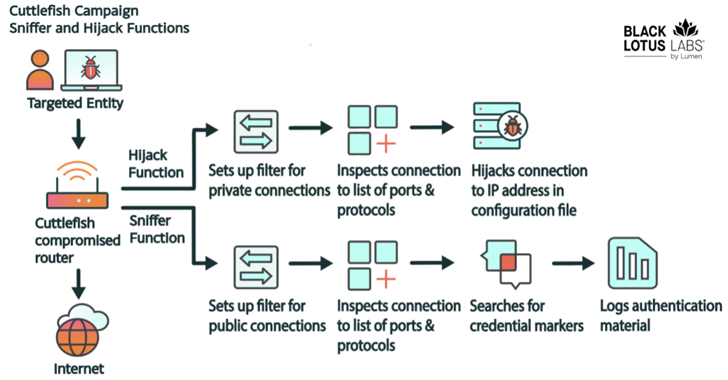Tesla internal servers compromised by hackers and exposed the sensitive data from Tesla’s Kubernetes console that has been used for performing the cryptojacking attack.
Kubernetes is an open-source application used by large companies to manage API and server infrastructure and a tool used to automate the way a user deploys containerized apps.
Hackers took place in this unprotected Kubernetes console that was not protected with any password and stole sensitive data from the Testa’s owned Amazon s3 Bucket.
Also, an Attackers performed this Attack to deploy the crypto mining malware in one of Tesla’s Kubernetes pods.
Past few year Crypto currency mining is a very easy method for cybercriminals to Generating the huge revenue by hijacking the Web- browser and injecting the malicious script and taking control of the CPU Usage from the Victims.
Mining cryptocurrencies in a legitimate way are quite resource consuming process, so attackers demanding ransom payments and infecting other computers to mine the cryptocurrencies.
Hackers performed with sophisticated evasion measures to evade the detection by the security software.
Also Read: Biggest Crypto-Mining Campaign Ever – Hackers Mine $3 Million Worth of Monero Crypto-currency
Malicious script used for Cryptojacking Attack
In this case, Instead of using public mining pool, hackers installed a mining pool software and inject the malicious script the public endpoints.
Since a Traditional security intelligence platform that focused standard IP/domain, its very difficult to detect this kind of malicious activities.
According to redlock Report, The hackers also hid the true IP address of the mining pool server behind CloudFlare, a free content delivery network (CDN) service. The hackers can use a new IP address on-demand by registering for free CDN services. This makes IP address based detection of crypto mining activity even more challenging.
Cybercriminals performed this attack with a non-standard port that usually difficult to detect its malicious activities.











